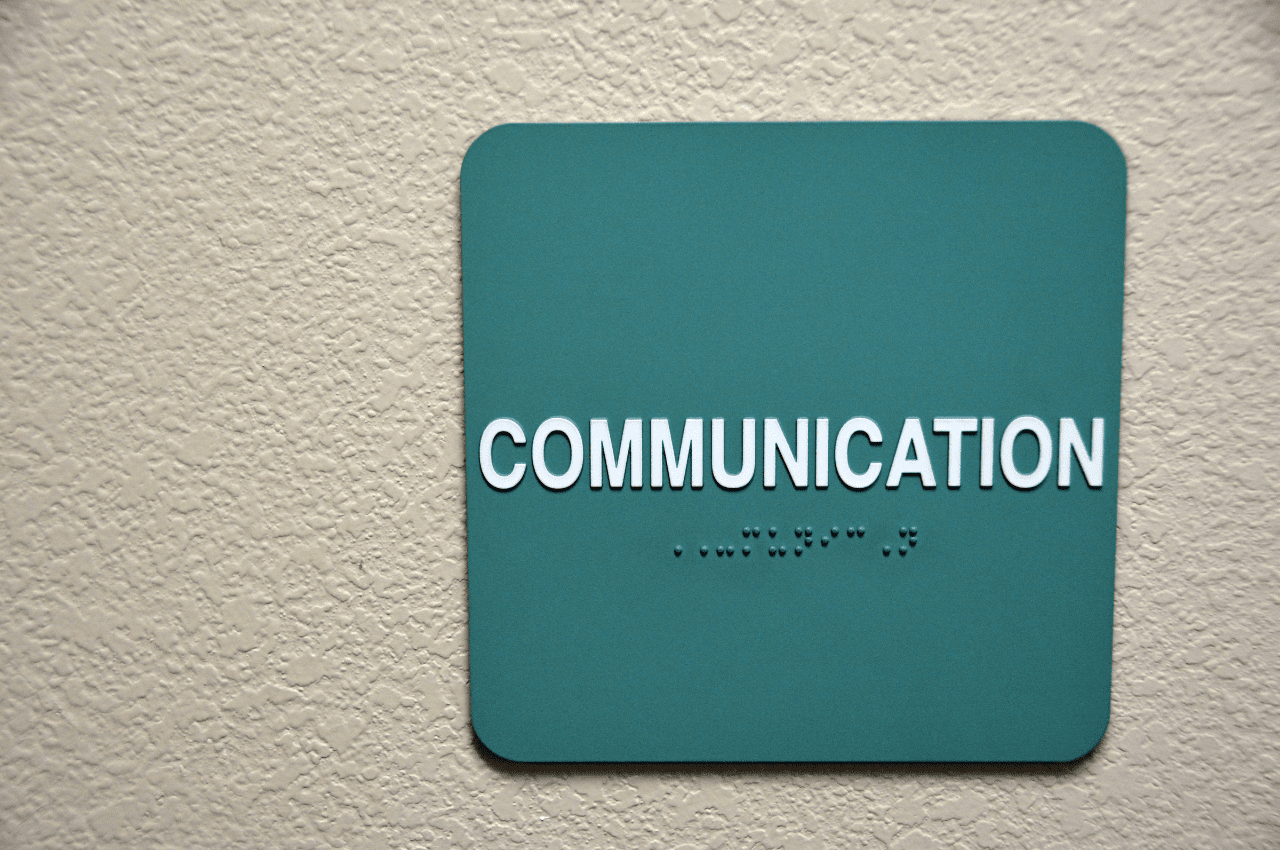Tactile Signage Materials: Durability, Sustainability, and Aesthetics

Tactile signage plays a critical role in ensuring accessibility for everyone. From public buildings to private spaces, these signs guide individuals with visual impairments, making environments more navigable and user-friendly. Let’s explore the key aspects of tactile signage, focusing on durability, sustainability, and aesthetics with Identity Group!
Durability of Tactile Signage
When it comes to tactile signage, durability is paramount. These signs are often placed in high-traffic areas and need to withstand various environmental conditions. Materials such as acrylic, aluminum, and stainless steel are commonly used due to their robust nature. Acrylic is lightweight and impact-resistant, making it ideal for indoor use. Aluminum offers a balance between strength and weight, while stainless steel is known for its exceptional resistance to corrosion, making it perfect for outdoor applications.
Sustainability of Tactile Signage Materials
Sustainability is a growing concern in all industries, and tactile signage is no exception. Environmentally friendly materials and processes are increasingly being adopted to minimize the ecological footprint. Recycled plastics, sustainably sourced wood, and low VOC (volatile organic compounds) paints and finishes are some of the options being explored. By choosing sustainable materials, manufacturers can reduce waste and energy consumption, contributing to a greener planet.
Aesthetics of Tactile Signage
While functionality is crucial, the aesthetic appeal of tactile signage should not be overlooked. These signs are often part of the overall design scheme of a building, and their visual harmony with the environment is essential. Modern tactile signage can be customized in a variety of ways, including color, shape, and font style, to match the décor and branding of a space. High-quality finishes and precise engravings can enhance the tactile experience while ensuring the signs remain visually pleasing.
Innovative Materials in Tactile Signage
Innovation in materials science is continually opening up new possibilities for tactile signage. For example, photopolymer signs are gaining popularity due to their durability and ability to produce crisp, raised text and graphics. Photopolymer is also eco-friendly, as it requires fewer resources to produce compared to traditional methods. Another innovative material is Braille-ready plastics, which allow for the seamless integration of Braille into the signage, ensuring compliance with accessibility standards.
Identity Group: Your Partner in Tactile Signage Solutions
When it comes to creating durable, sustainable, and aesthetically pleasing tactile signage, Identity Group stands out as a leader in the industry. With a commitment to quality and innovation, Identity Group offers a wide range of customizable signage solutions that meet the highest standards of accessibility and design. Whether you need signs for a corporate office, healthcare facility, or educational institution, Identity Group has the expertise and resources to deliver exceptional results.
Explore our extensive selection of tactile signage solutions at Identity Group and see how we can enhance the accessibility and visual appeal of your space!
